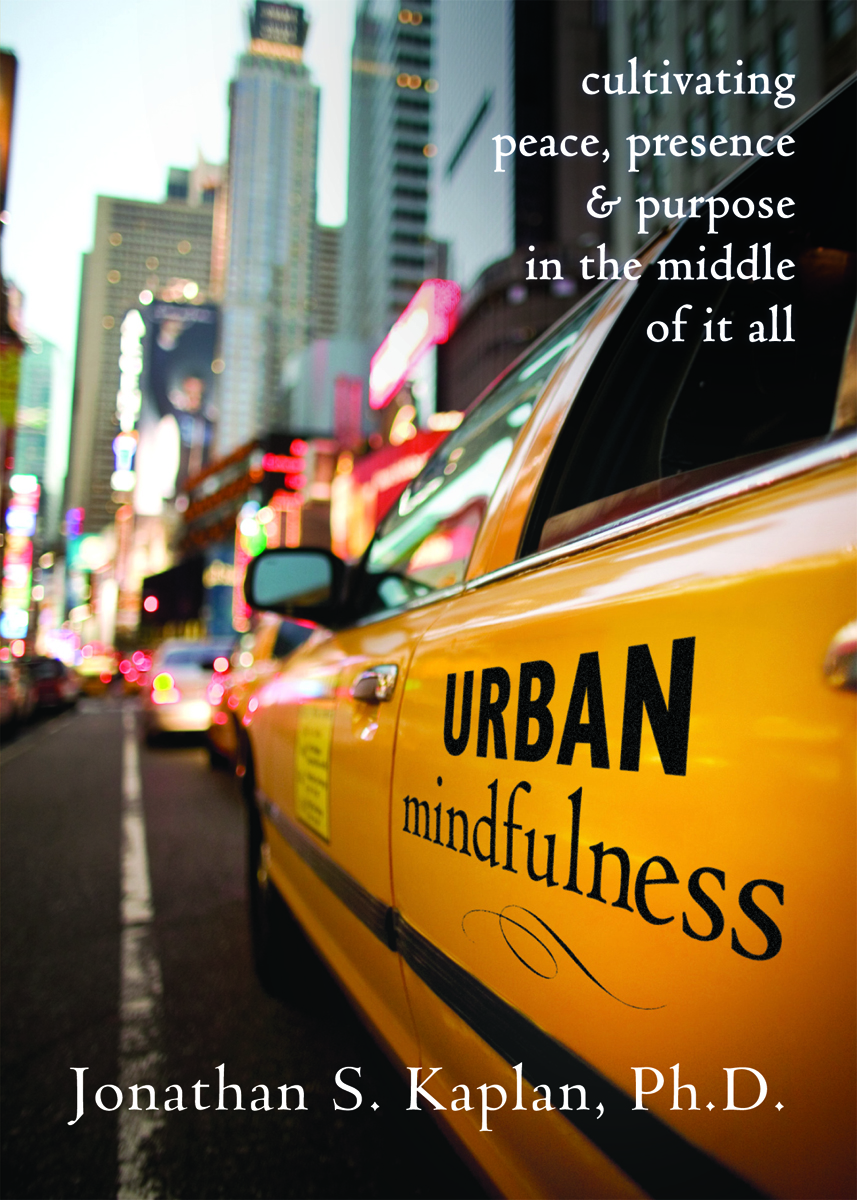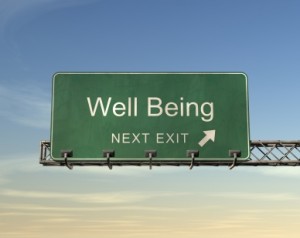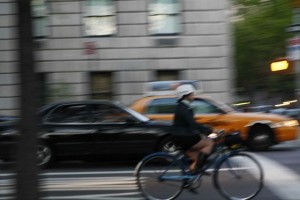Wednesday
Jan122011
Mending Walls and Mindful Drivers
 Wednesday, January 12, 2011 at 06:43PM
Wednesday, January 12, 2011 at 06:43PM
By Susan Vitti, Ph.D.
In his poem, Mending Wall, Robert Frost’s neighbor relates, “Good fences good neighbors make” but Frost’s narrative character is not satisfied with this response. “Something there is that doesn’t love a wall” he mischievously challenges, ultimately questioning what’s being walled in or walled out in the construction of such an obvious boundary. I was reminded of these lines from Frost’s poem by two separate but somehow related incidents involving drivers safely hidden behind the border of a car windshield engaging in what looked like some mighty onerous behavior. In urban life, I thought, walls, fences and other boundaries are not only preferred, but often purposefully constructed. Sometimes, they’re not solid and external but rather, internal and intangible.
During one of these experiences, I was driving through the Mid-town tunnel when the cab driver next to me began vigorously engaging his car horn and making hand signals with his left hand. He had rolled down his window and he was clearly yelling towards me. The moment left me feeling annoyed and confused and validated some negative beliefs about New York cab drivers. As I exited the tunnel, however, I tentatively looked over at the other driver expecting to see more anger. His facial expression, however, displayed concern not anger. In that moment I realized, my headlights were off and he was simply trying to be a good citizen and alert me to this.
In another incident, I was visiting The Old Dutch Church in Sleepy Hollow, NY. I was standing in the historic cemetery of the church on a late autumn day, gazing on Washington Irving’s gravestone, when an SUV came along the narrow road and began honking its horn. I assumed the driver, who I could not see through the glare of the glass, wanted me out of his way so he could drive through. I was, I must admit, slightly annoyed. I moved yet the driver continued honking and honking until finally, I walked over to see what the problem was. Inside this large imposing SUV was a sweet and somewhat frail gentleman, the local historian who wanted to alert me to the location of other gravestones of interest in the cemetery. After parking his truck to the side, he proceeded to give me a private, guided tour filled with charming and little known facts about the area’s famous authors and Revolutionary War luminaries. It turned out to be a wonderful afternoon spent in the company of a truly lovely person!
It’s not uncommon, when there’s room for interpretation, for us to assume that another person’s behavior is intended to impinge on us, impede us or generally frustrate us in our endeavors. Living and working in an urban environment only seems to cement these beliefs and offers an even greater challenge to our ability to cultivate a non-judgmental and open mind when faced with the behavior of the other humans around us. When we rush to assumptions and label the behavior of others as good or bad, we may foreclose on the opportunity to really see each other’s good intentions. In her book, Loving Kindness, Tara Brach states that “the difference between misery and happiness depends on what we do with our attention”. These experiences, turned out to be wonderful lessons in how true that statement is.
Can you think of a time when your judgment clouded your view of another person’s intention?
In his poem, Mending Wall, Robert Frost’s neighbor relates, “Good fences good neighbors make” but Frost’s narrative character is not satisfied with this response. “Something there is that doesn’t love a wall” he mischievously challenges, ultimately questioning what’s being walled in or walled out in the construction of such an obvious boundary. I was reminded of these lines from Frost’s poem by two separate but somehow related incidents involving drivers safely hidden behind the border of a car windshield engaging in what looked like some mighty onerous behavior. In urban life, I thought, walls, fences and other boundaries are not only preferred, but often purposefully constructed. Sometimes, they’re not solid and external but rather, internal and intangible.
During one of these experiences, I was driving through the Mid-town tunnel when the cab driver next to me began vigorously engaging his car horn and making hand signals with his left hand. He had rolled down his window and he was clearly yelling towards me. The moment left me feeling annoyed and confused and validated some negative beliefs about New York cab drivers. As I exited the tunnel, however, I tentatively looked over at the other driver expecting to see more anger. His facial expression, however, displayed concern not anger. In that moment I realized, my headlights were off and he was simply trying to be a good citizen and alert me to this.
In another incident, I was visiting The Old Dutch Church in Sleepy Hollow, NY. I was standing in the historic cemetery of the church on a late autumn day, gazing on Washington Irving’s gravestone, when an SUV came along the narrow road and began honking its horn. I assumed the driver, who I could not see through the glare of the glass, wanted me out of his way so he could drive through. I was, I must admit, slightly annoyed. I moved yet the driver continued honking and honking until finally, I walked over to see what the problem was. Inside this large imposing SUV was a sweet and somewhat frail gentleman, the local historian who wanted to alert me to the location of other gravestones of interest in the cemetery. After parking his truck to the side, he proceeded to give me a private, guided tour filled with charming and little known facts about the area’s famous authors and Revolutionary War luminaries. It turned out to be a wonderful afternoon spent in the company of a truly lovely person!
It’s not uncommon, when there’s room for interpretation, for us to assume that another person’s behavior is intended to impinge on us, impede us or generally frustrate us in our endeavors. Living and working in an urban environment only seems to cement these beliefs and offers an even greater challenge to our ability to cultivate a non-judgmental and open mind when faced with the behavior of the other humans around us. When we rush to assumptions and label the behavior of others as good or bad, we may foreclose on the opportunity to really see each other’s good intentions. In her book, Loving Kindness, Tara Brach states that “the difference between misery and happiness depends on what we do with our attention”. These experiences, turned out to be wonderful lessons in how true that statement is.
Can you think of a time when your judgment clouded your view of another person’s intention?
tagged  driving,
driving,  non-judgment in
non-judgment in  Awareness,
Awareness,  Commuting
Commuting
 driving,
driving,  non-judgment in
non-judgment in  Awareness,
Awareness,  Commuting
Commuting 



